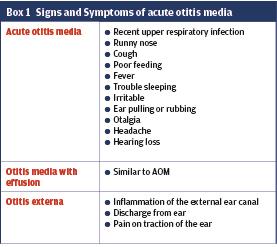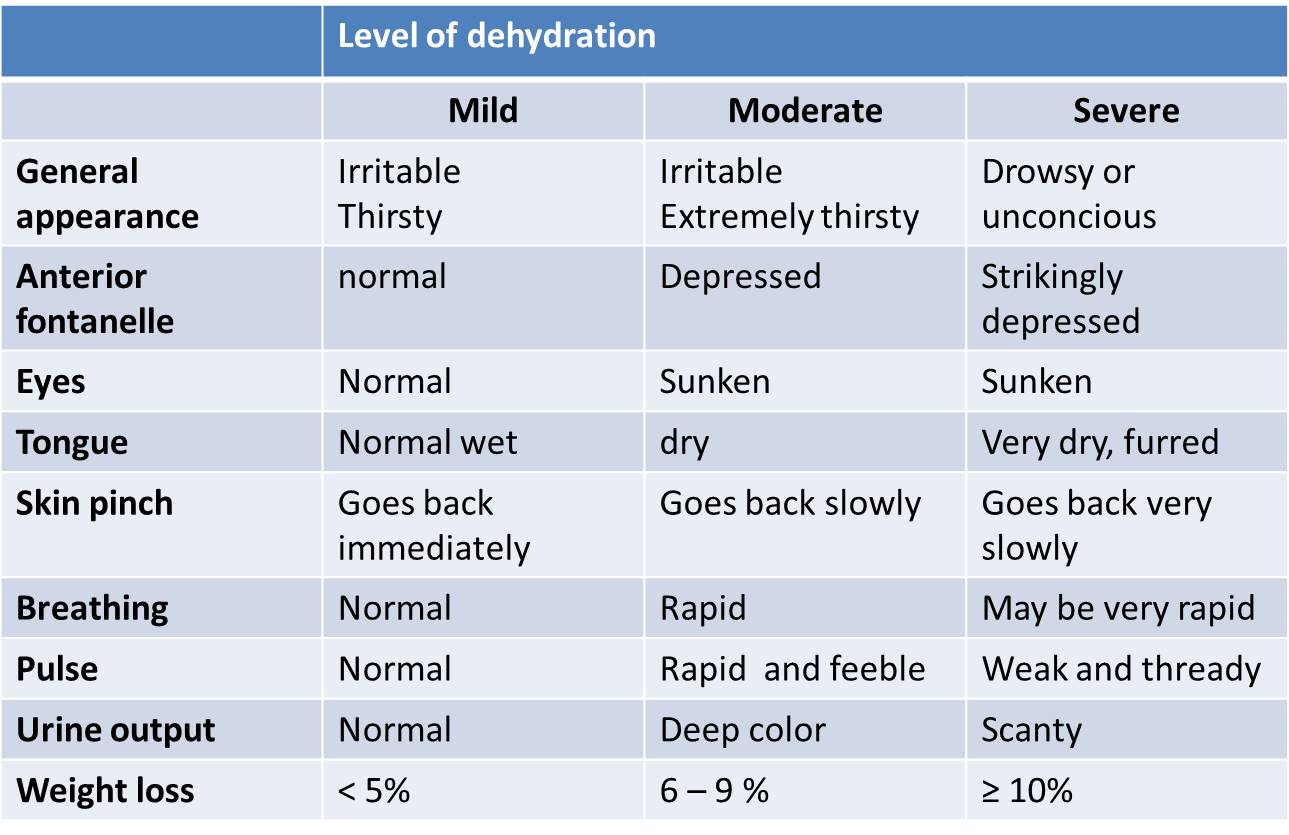A nurse is assessing an infant who has acute otitis media. Which of the following findings should the nurse expect? (Select all that apply.)
Enlarged subclavicular lymph node
Fever
Crying
Increased appetite
Restlessness
Correct Answer : B,C,E
Choice A Reason:
Enlarged subclavicular lymph node (A) is not a typical finding associated with acute otitis media. Enlarged lymph nodes in the neck area (cervical lymph nodes) might be observed due to the nearby infection, but the subclavicular lymph nodes are located below the clavicle and are not typically associated with ear infections.
Choice B Reason:
Fever: Infants with acute otitis media often present with a fever. Elevated body temperature is a common symptom of an infection, including ear infections.
Choice C Reason:
Crying: Ear pain is a common symptom of acute otitis media. Infants may express discomfort or pain by crying, especially when lying down due to increased pressure in the middle ear.
Choice D Reason:
Increased appetite is also not a common finding in acute otitis media. Generally, a decrease in appetite might occur due to feeling unwell or discomfort, but increased appetite is not a typical symptom of this condition.
Choice E Reason:
Restlessness: Due to discomfort or pain caused by the ear infection, infants with acute otitis media might exhibit restlessness or irritability.

Nursing Test Bank
Naxlex Comprehensive Predictor Exams
Related Questions
Correct Answer is C
Explanation
Choice AReason:
Chocolate milk is incorrect. Similar to ice cream, chocolate milk is dairy-based and may have a thicker consistency, potentially causing discomfort or irritation to the throat.
Choice B Reason:
Sugar-free cherry gelatin-Avoid red, purple, or brown liquids, which simulate the appearance of blood if the child vomits.
Choice CReason:
Although the flavor might be a bit acidic, lime-flavored ice pops are generally clear or light in color and less likely to obscure bleeding. They are also soothing and can help with hydration
Choice D Reason:
Vanilla ice cream is incorrect. While ice cream might seem soothing, it's dairy-based and can coat the throat, potentially causing discomfort or mucus production, which may not be ideal for the healing process.
Correct Answer is B
Explanation
Choice A Reason:
Capillary refill of 1 second is within the normal range and might not specifically indicate moderate dehydration.
Choice B Reason:
Weight loss 7% is correct. In cases of moderate dehydration, a significant weight loss, typically around 6-9% of body weight, can occur due to fluid loss. This weight loss reflects the severity of dehydration in the infant.
Choice CReason:
A respiratory rate of 28/min might be slightly elevated but is not a primary indicator of moderate dehydration. Dehydration primarily affects cardiovascular and fluid balance systems rather than respiratory rate.
Choice DReason:
Bradycardia (a slow heart rate) is not typically associated with moderate dehydration. Dehydration often causes an increase in heart rate (tachycardia) as the body attempts to maintain cardiac output.

Whether you are a student looking to ace your exams or a practicing nurse seeking to enhance your expertise , our nursing education contents will empower you with the confidence and competence to make a difference in the lives of patients and become a respected leader in the healthcare field.
Visit Naxlex, invest in your future and unlock endless possibilities with our unparalleled nursing education contents today
Report Wrong Answer on the Current Question
Do you disagree with the answer? If yes, what is your expected answer? Explain.
Kindly be descriptive with the issue you are facing.
